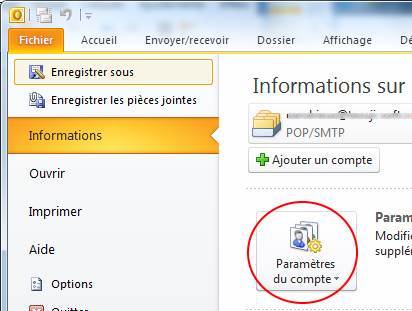
Sender ID options for handling spoofed mail and unreachable DNS servers In this scenario, Sender ID status isn't set, and an application event is logged.įor more information about how the Sender ID status is displayed in messages, see Anti-spam stamps. If the Sender ID status can't be set, Exchange continues to process the message without including a Sender ID status on the message. If the From: IP address is missing, the Sender ID status can't be set. Outlook uses the Sender ID status value only during the calculation of the SCL value.īesides the seven scenarios that generate the Sender ID statuses, the Sender ID evaluation process may reveal instances where the From: IP address is missing. Outlook neither displays the Sender ID status nor necessarily flags a message as junk at certain Sender ID values. The junk email filter in Microsoft Outlook uses the MAPI property during the generation of the SCL value. The Sender ID status is added to the message metadata and is later converted to a MAPI property. PermError: The DNS record is invalid, such as an error in the record format. TempError: A temporary DNS failure occurred, such as an unavailable DNS server. None: No published SPF data exists in the sender's DNS. Soft fail: The IP address for the PRA may be in the not permitted set.įail: The IP Address is not permitted no PRA is found in the incoming mail or the sending domain does not exist. Neutral: Published Sender ID data is explicitly inconclusive.
#Microsoft outlook 2013 spam filter verification
Pass: Both the IP address and Purported Responsible Address (PRA) passed the Sender ID verification check. This status can be set to one of the following values: The Sender ID status is used to evaluate the spam confidence level (SCL) rating for the message. The Sender ID evaluation process generates a Sender ID status for the message. After the Exchange server updates the message metadata, message delivery proceeds as it ordinarily would. The Exchange server updates the message metadata with the Sender ID status based on the SPF record.
#Microsoft outlook 2013 spam filter how to
For more information about what an SPF record contains and how to create an SPF record, see Sender ID. If an SPF record is configured on the sender's DNS server, the Exchange server parses the SPF record and determines whether the IP address from which the message was received is authorized to send email on behalf of the domain that's specified in the message. SPF records identify authorized outbound email servers. The IP address of the authorized sending server is referred to as the purported responsible address (PRA).ĭomain administrators publish sender policy framework (SPF) records on their DNS servers. When an email message is received, the Exchange server queries the sender's DNS server to verify that the IP address from which the message was received is authorized to send messages for the domain that's specified in the message headers. When you enable Sender ID, each message contains a Sender ID status in the metadata of the message. In the past, it was relatively easy to spoof the From: address, in both the SMTP session, such as the MAIL FROM: header, and in the RFC 2822 message data, such as From: "Masato Kawai" because the headers weren't validated. Spoofed mails typically contain a From: address that purports to be from a certain organization.

A spoofed mail is an email message that has a sending address that was modified to appear as if it originates from a sender other than the actual sender of the message. Sender ID is intended to combat the impersonation of a sender and a domain, a practice that's frequently called spoofing. The Sender ID agent relies on the RECEIVED SMTP header and a query to the sending system's DNS service to determine what action, if any, to take on an inbound message. The Sender ID agent is an anti-spam agent that's available in Microsoft Exchange Server 2013.


 0 kommentar(er)
0 kommentar(er)
